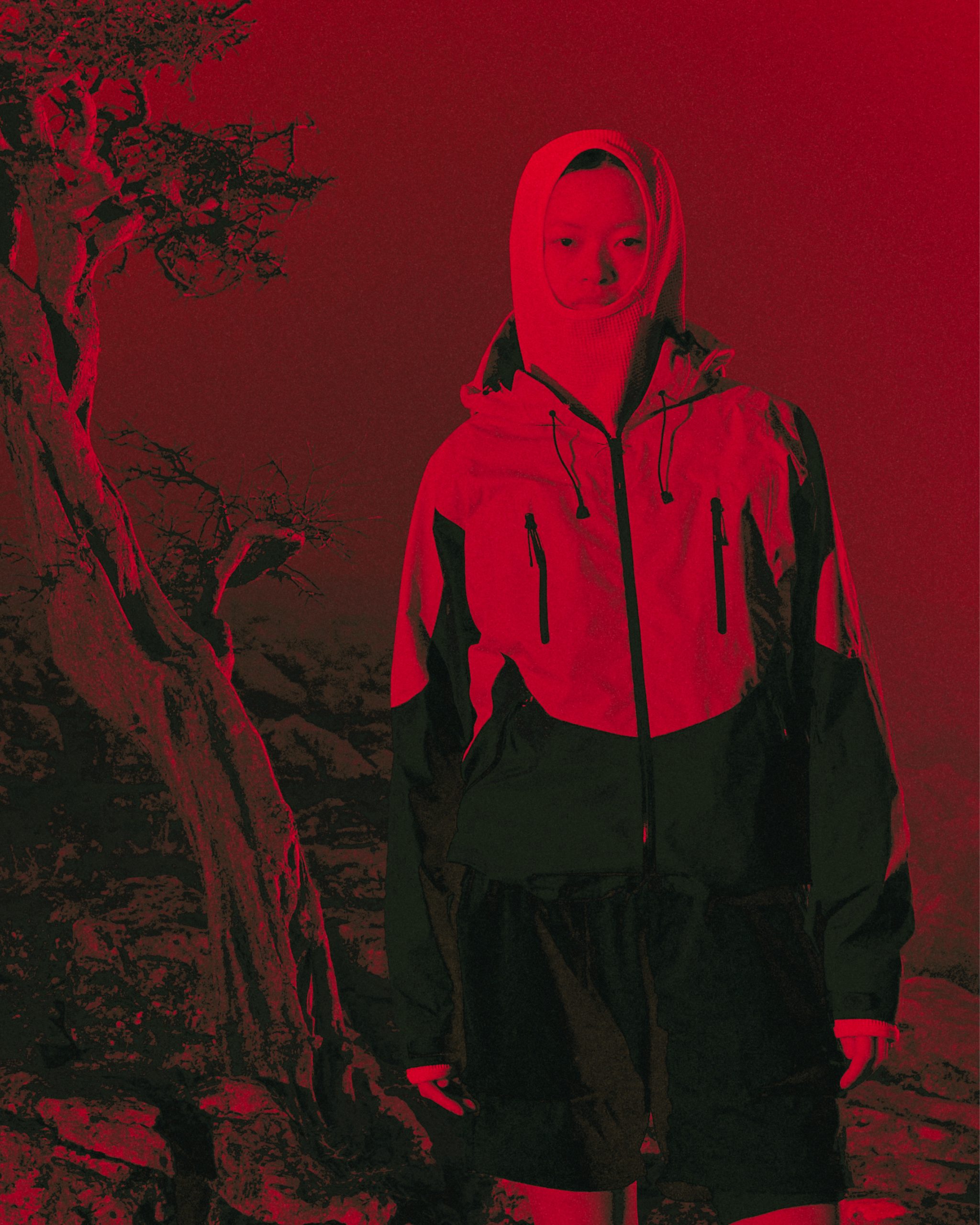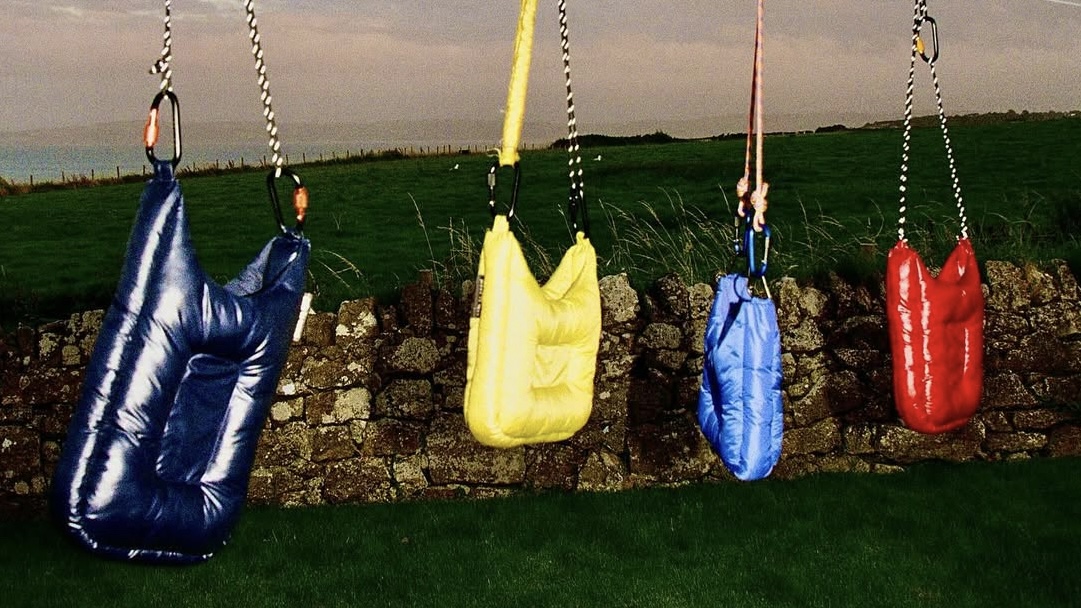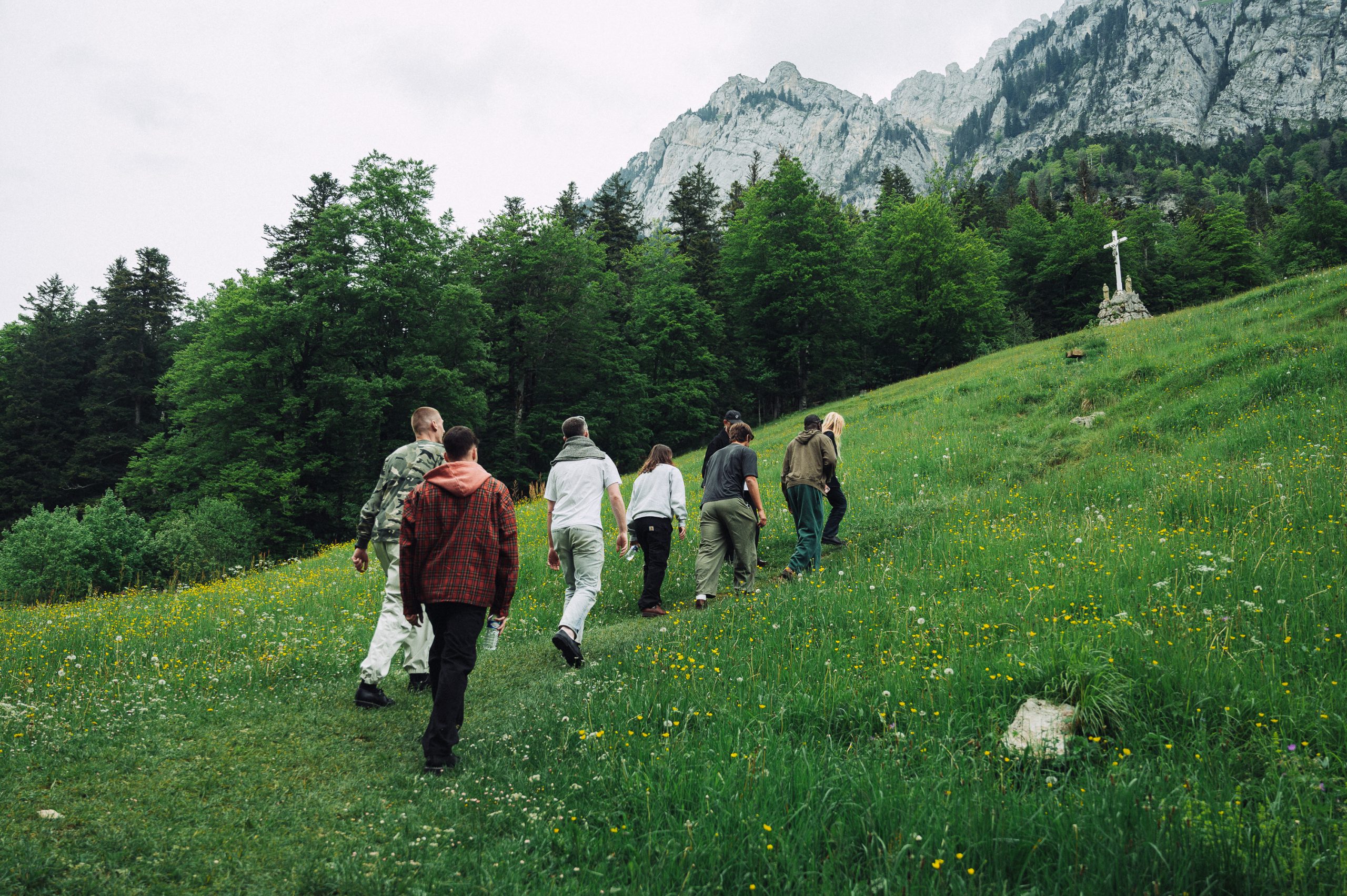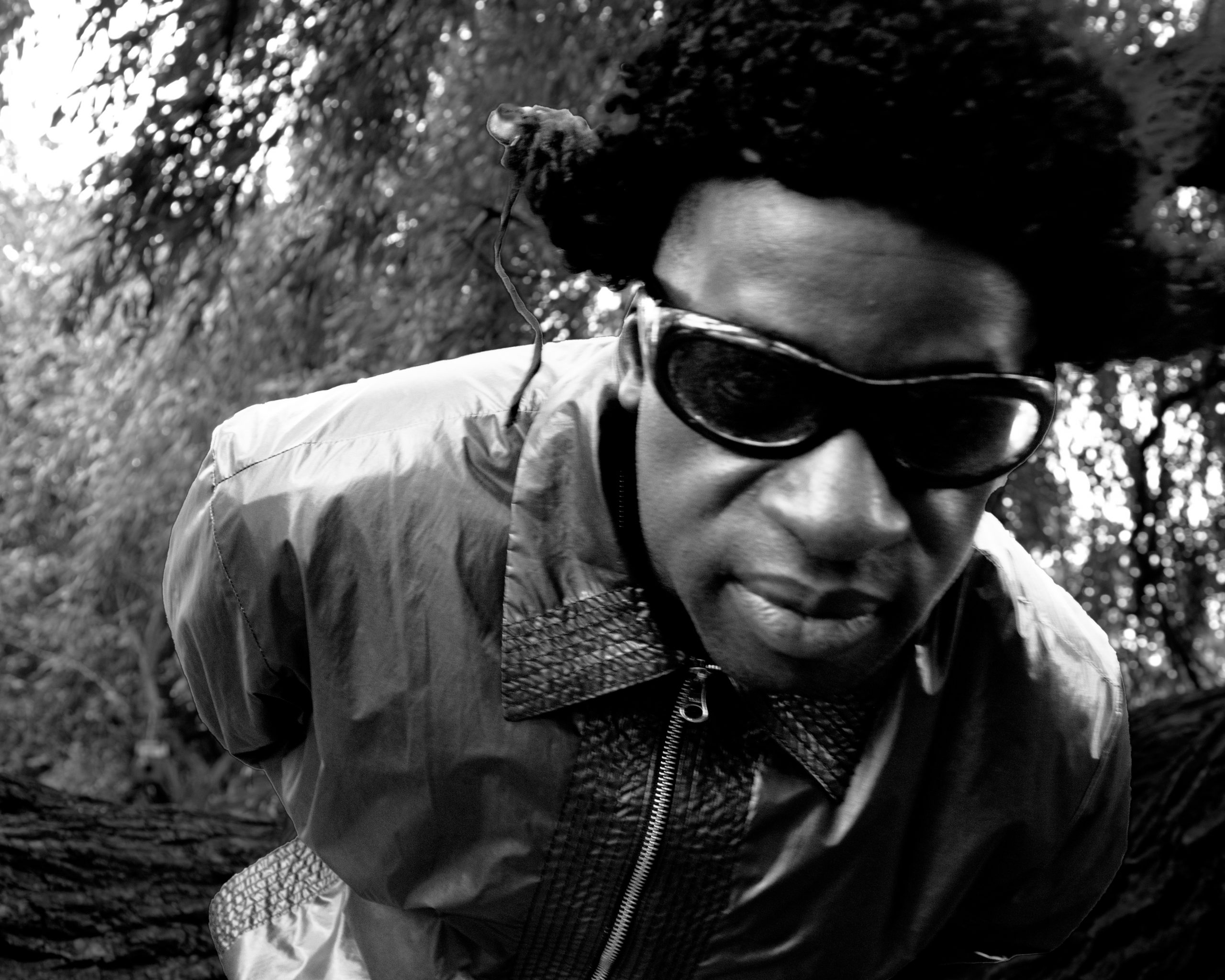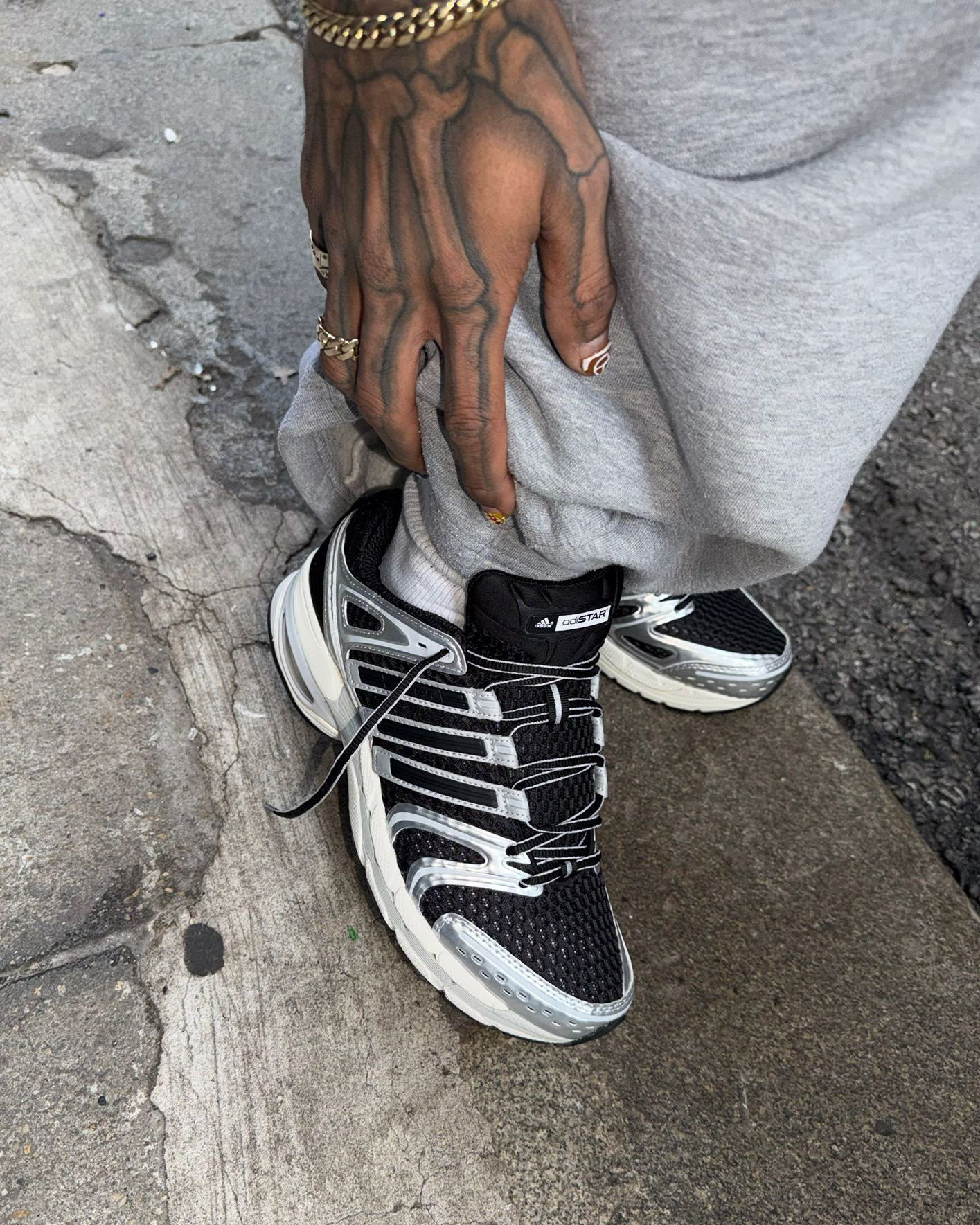As their hotly anticipated collaboration with Jil Sander drops, BasementApproved explores the stratospheric streetwear ascension of techwear stalwarts, Arc'teryx.
Dad-bods, dad-shoes, Drake dad dancing when his Hotline Bling can only mean one thing. We’re living in the days of our collective fathers. Garms once reserved for dads grilling at the BBQ in cargo shorts and calf-high socks have become a new generation’s apex of drip. You only need to look at the now iconic New Balance 990V5 campaign which proclaimed the silhouette was ‘worn by dads in Ohio and supermodels in New York’ to understand this latest fashion-quirk phenomenon.
But how did this happen? What’s the secret sauce that allows certain products and brands to cross generations and ascend to become the ultimate streetwear flex? It’s simple really: the products are just that fucking good. Sometimes Dad really does know best and when it comes to Arc’teryx, daddio has known the score for time.
Following in the snowy footsteps of outerwear forebears Moncler and climbing stalwarts Patagonia, Arc’teryx was borne of an enthusiast’s desire to fill a void in the market. Founded out of Vancouver in 1989, avid climber and outdoorsman David Lane looked to the mountains of British Columbia and lamented the lack of quality equipment and outerwear available to pursue his passions. Initially named Rock Solid Manufacturing, a rebrand quickly followed and Arc’teryx was born: a reference to one of the earliest recorded prehistoric birds – the Archaeopteryx – and a fitting testament to the brand’s enduring dedication to evolution. A new logo was chosen to match the new name, the now-iconic image based upon the ‘Berlin Specimen’ of the creature – the most complete skeleton of the bird ever found. This logo, once reserved for the weekday accountant/weekend mountaineer, has now become a symbol of style donned by everyone from Frank Ocean to Slowthai to Bella Hadid.
Success soon followed for the pair’s new brand, Arc’teryx going on to produce their best-selling product, the Vapour Climbing harness. Reflective of the brand’s core value of innovation, the harness featured what was then a new laminating technology far superior to anything else on the market, making it noticeably more durable and lightweight than Arc’teryx’s any contemporary competitor’s products. A few short years later, in 1993, the brand would release the first iteration of their ever-popular Bora backpack, using the same lamination technology.
However, in 1996, there came a turning point for Arc’teryx’s production in the form of GORE-TEX, the brand acquiring the coveted license to use the fabric in their garments. Having already gained positive reception amongst outdoor enthusiasts, Arc’teryx launched a subsidiary line, Arc’teryx LEAF (Law Enforcement & Armed Forces), designed specifically for the military forces that were already buying the brand at retail thanks to their outstanding durability and performance well suited to military activities.
The company would continue to push the boundaries of practicality and usability with the introduction of their trademarked WaterTight zippers in 1999, the first of their kind. Their revolutionary outerwear design was shortly followed by the introduction of the now iconic Softshell Jacket with Polartec, kick-starting a new line of outerwear and solidifying Arc’teryx as the foremost outerwear brand of the 1990s.

Having made a name for itself over its first decade as an active brand, Arc’teryx was purchased by French outdoorswear giant Salomon Group, a move that would lead to Arc’teryx opening their first own-brand brick and mortar store in Montreal, Canada in 2006.
In the years that followed, Arc’teryx continued to dominate the market, opening further retail stores worldwide while their products continued to innovate just as quickly. In 2009 we saw the launch of Arc’teryx Veilance, a luxury sub-label focusing on refined menswear that uses many of the same technologies as their mainline offerings. Similar to Stone Island’s Shadow Project, Arc’teryx Veilance was a place for experimentation and further innovation for the brand, at the cost of a hefty price tag. Having played it safe with simple cuts and muted tones in the earlier years, the brand — much like its prehistoric namesake — pushed more boundaries as the years progressed, with recent collections incorporating a splash of colour into the garments. Following on from the Spring 2019 ‘Fast and Light’ collection, Arc’teryx Veilance was re-named to solely Veilance.
Arc’teryx would continue to launch further in-house lines as time progressed, each with a distinct focus. Arc’teryx Whiteline, for example, was specialised for skiing and snowboarding, whilst Arc’teryx 24 went in the opposite direction, offering performance driven garments suited for urban environments. Today, these lines and many more have quietly been renamed under the mainline Arc’teryx umbrella, simply categorised by ‘Intended Use’ and given names such as ‘Skiing and Snowboarding’ and ‘Everyday’.
There is no doubt that Arc’teryx’s desire to embody and explore a wide range of outdoors subcultures and sports has propelled them to the heights of popularity they sit at today, but it’s so much more than that. What’s uncanny for a brand today with so much influence is their lack of desire to participate in hype-driven trends and unnecessary collaboration. Indeed, Dan Green, the brand’s VP of Design, stated in a recent interview, “the moment we pivot and try to address the streetwear world, we’ll totally lose it”. The brand’s recent movements, however, might suggest otherwise. Their collaboration with London-based Skateboarding brand Palace in late 2020 (while marketed as a seamless transition between mountain terrain and urban environments) saw more love from streetwear afficandos than the core Arc’teryx audience. But, much like New Balance with their recent appointment of Teddy Santis as creative director for Made in US and Reebok tapping Kerby Jean Raymond to take creative control of the brand thats future is in question after its sale by adidas group, once the cool-factor has been established an insatiable appetite for the product and the cosigns and collaborations inevitably follow. Virgil’s use of deconstructed and customised jackets on looks worn by the Hadid sisters for his FW20 Off-White show drove hype to new highs and the fact Virgil did so without official permission from Arc’teryx raises interesting questions about who actually controls a brand’s position and its public perception in the age of cut-and-paste designers and stylists who remix styles and categories from across the fashion space like never before.
Now approaching a year after the initial announcement, Arc’teryx just dropped their collaboration with esteemed fashion house Jil Sander. Under their outdoors focused Jil Sander+ subline the collection was presented as “the perfect blend between form and function” making use of Jil Sander’s minimalist design language fused with Arc’teryx’s materials and functionality. Despite this the collaboration received mixed feedback from enthusiasts online, stating that it is yet another step in the wrong direction for Arc’teryx and for a mountain sports inspired collection, many of the garments are impractical.
Arc’teryx has an interesting approach towards their ascension in streetwear sphere, rather than playing into it, they just let it happen… or so they say. With recent collections polarising audiences, where Arc’teryx will sit in the fashion landscape is uncertain. One thing is for sure though, Arc’teryx is a company rooted in extensive research, innovative technology and environmental responsibility. They have proved time and time again that they are a leader not a follower, sticking to what they do best and abstaining from trend driven fashion (or so far, for the most part anyway). It’s a difficult crossover to navigate but it seems Arc’teryx may be reaching a zenith; elegantly positioning their brand in the high-end fashion space without losing all credibility with their core activewear audience. But gorpcore is a trend and mountaineering is forever. The Arc’teryx top dogs will know that better than anyone, so it’s always going to be mountains first and trips to Morley’s second.
We asked The Basement Community what their thoughts were on the Arc’teryx ascension and whether the hype was worth the price. The consensus? The Beta range is the go-t. And the price? Well worth it, especially when the rain comes through.
Head to The Basement Instagram to see the community in their Arc’teryx fits.
Written By
Joe Sparks
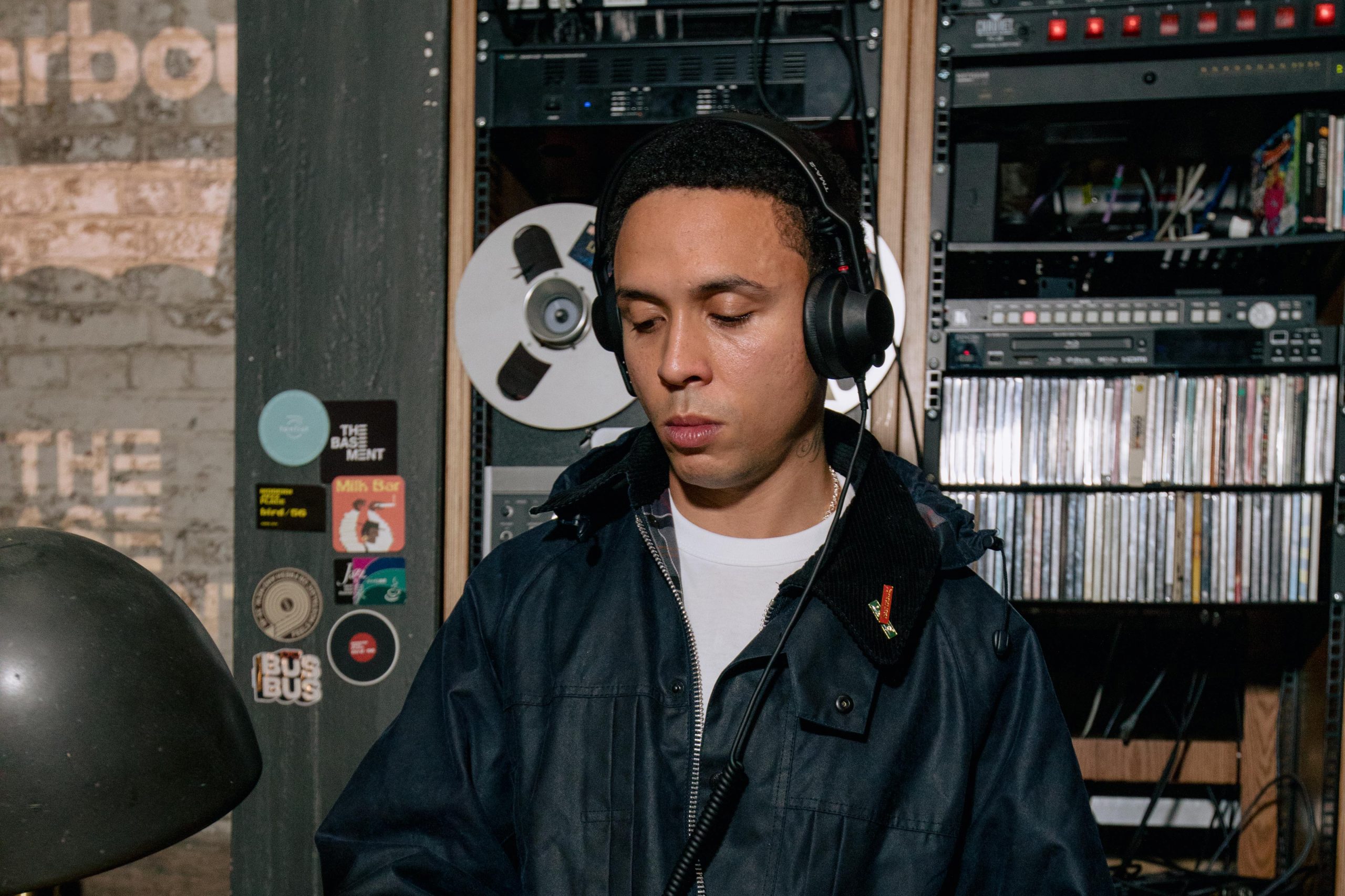
What Went Down: The Basement Presents Barbour x Levi’s® Launch Party
- Community
- Photo Series
- 4 minute read

